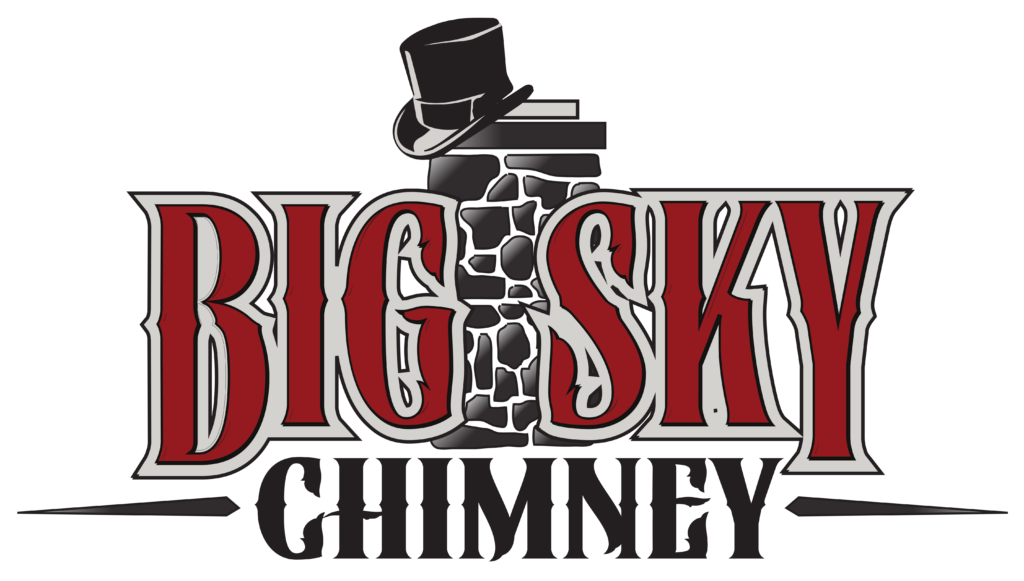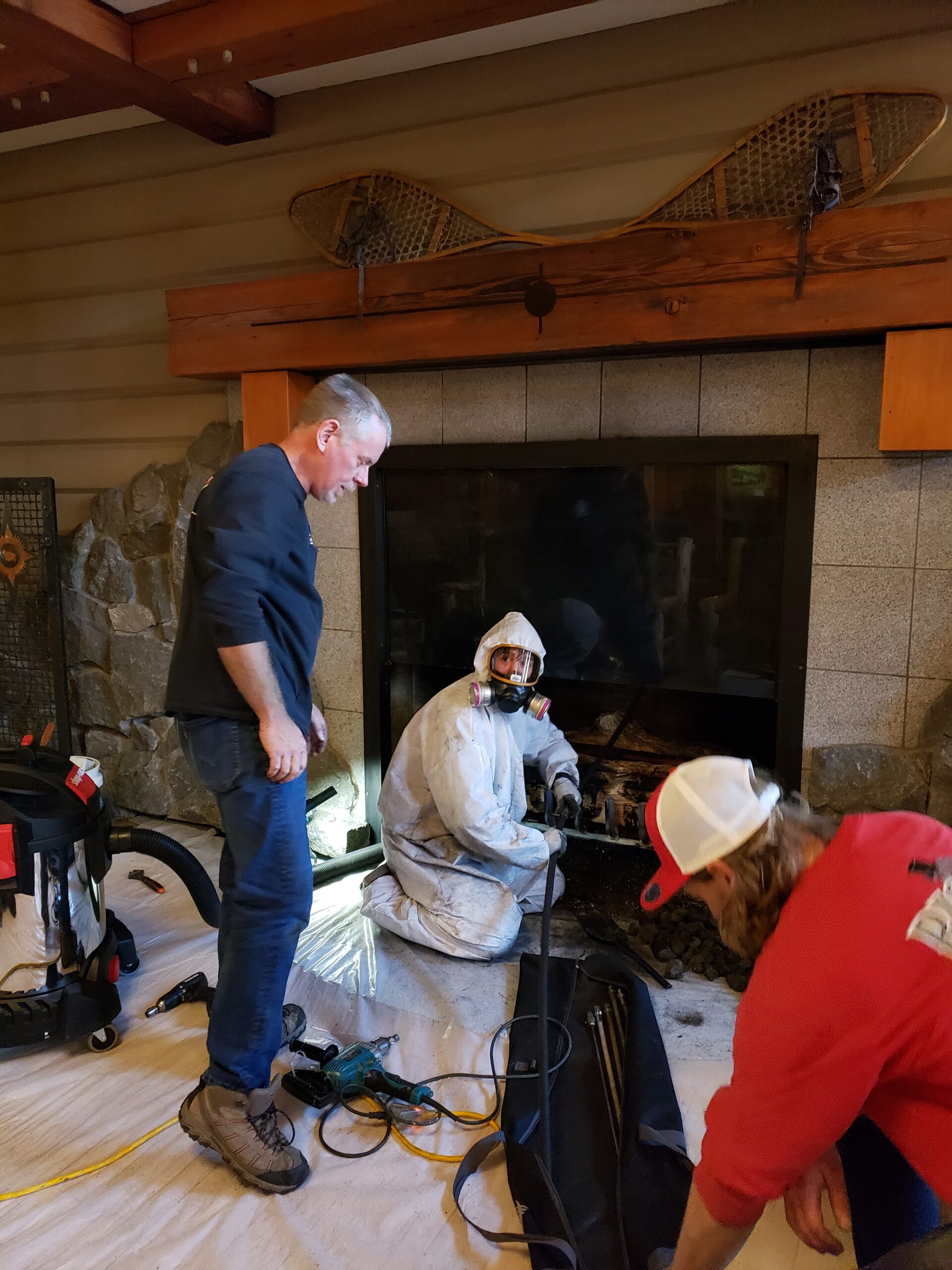A chimney inspection involves an assessment of a chimney to ascertain signs of some problems or their existence. The National Fire Protection Association recommends annual inspections to avoid issues in the chimney and ensure proper chimney functioning before anything becomes serious. Three levels of chimney inspection tell that your chimney is in good condition. This blog is about the three levels of inspection and other services of chimney installation, chimney sweeping, chimney repair, custom chimney caps, gas fireplace service, and dryer vent cleaning.
There are three levels of chimney inspection that NFPA211 has certified chimney sweeps based on their services. Never accept any less than the degree of inspection that you feel will be sufficient for your chimney and venting system. The degree of inspection required per the NFPA depends upon several factors. If you are the same owner of the home year after year, a level 1 Chimney Inspection is likely what you will need unless other events have occurred since your last cleaning.
Level 1 Chimney Inspection
If your appliance or venting system hasn’t been changed for a long time and you plan to use it like you were doing then level 1 is the prime requirement. This is recommended for chimneys under continued service. At this level, the technician is required to examine the accessible portions of the chimney exterior and interior, and accessible portions of the appliance and chimney connection. The technician will see the basic soundness of the chimney structure and flue as well as basic appliance installation and connections. The technician will also ensure there are no obstructions and inflammable deposits.
Level 2 Chimney Inspection
This inspection is required when changes are made to the system. It can be in the fuel type or shape or material or the flue or the replacement or addition of an appliance of another type, input rating, or efficiency. A Level 2 inspection is needed anytime there is a transfer of ownership of a property or after a malfunction of an operation or an event outside the building that may have affected the functionality of the chimney. This kind of inspection is called for in the following: The occupants of a structure, chimney fires, building fires, earthquakes, or other weather-related incidents. A Level 2 inspection is comparatively a more in depth inspection than a Level 1 inspection.
Level 3 Chimney Inspection
If there is an indication of a concealed danger during any Level 1 or Level 2 inspection and the examination cannot be made with ordinary equipment to reach the chimney or flue, then a Level 3 inspection should be done. A Level 3 inspection responds to the correct assembly and the state of other parts of the chimney construction and the flue which are not visible from the exterior and interior of the structure. Some permanently fixed parts of the chimney or the building structure may, therefore, have to be pulled out or demolished as part of a Level 3 inspection.
A Level 3 inspection involves checking all the areas and items checked for in a Level 1 as well as a Level 2 inspection and may also involve the removal of components of the building or chimney where required. The chimney crown and interior chimney wall must be removed only since it is required to permit access to areas that are being inspected. When there is probable cause that severe risks exist it may be necessary to carry out a Level 3 inspection to ascertain the state of the chimney system.
Conclusion
Ensuring that your chimney performs properly is an important maintenance requirement. Our services provide safety and peace of mind so you can enjoy your wood stove or fireplace free of complications in the chimney. Our chimney inspectors will work as per NFPA 211 requirements and keep you safe from potential threats. Always contact a chimney professional when you notice changes in the performance of your appliance.

